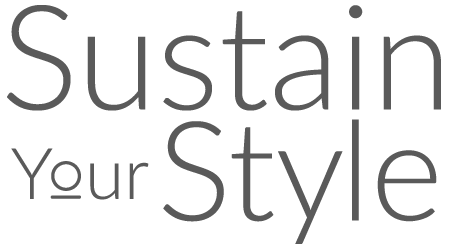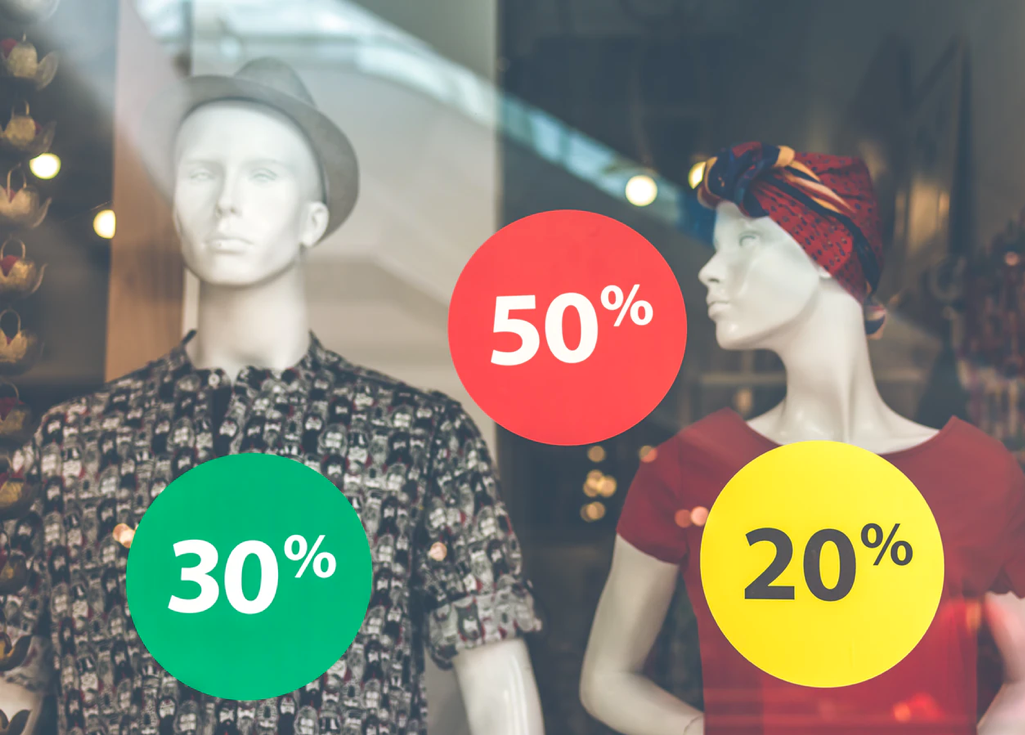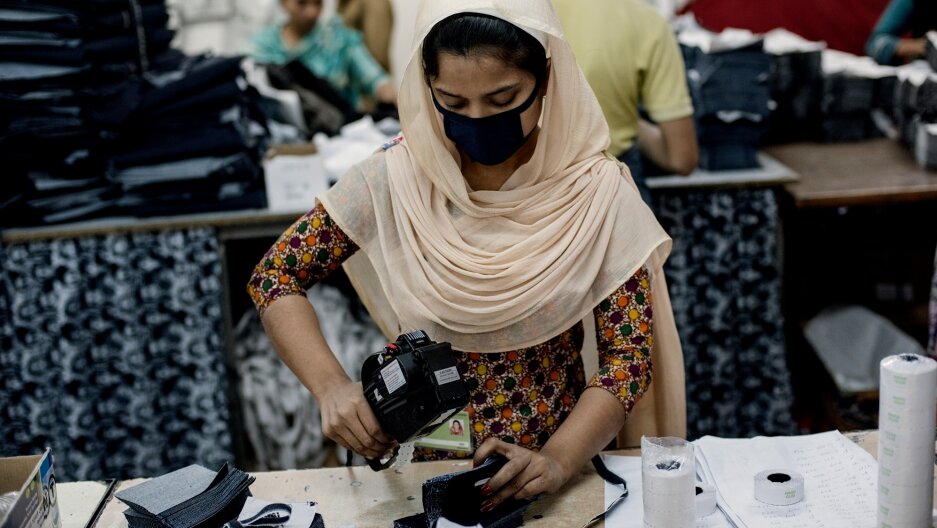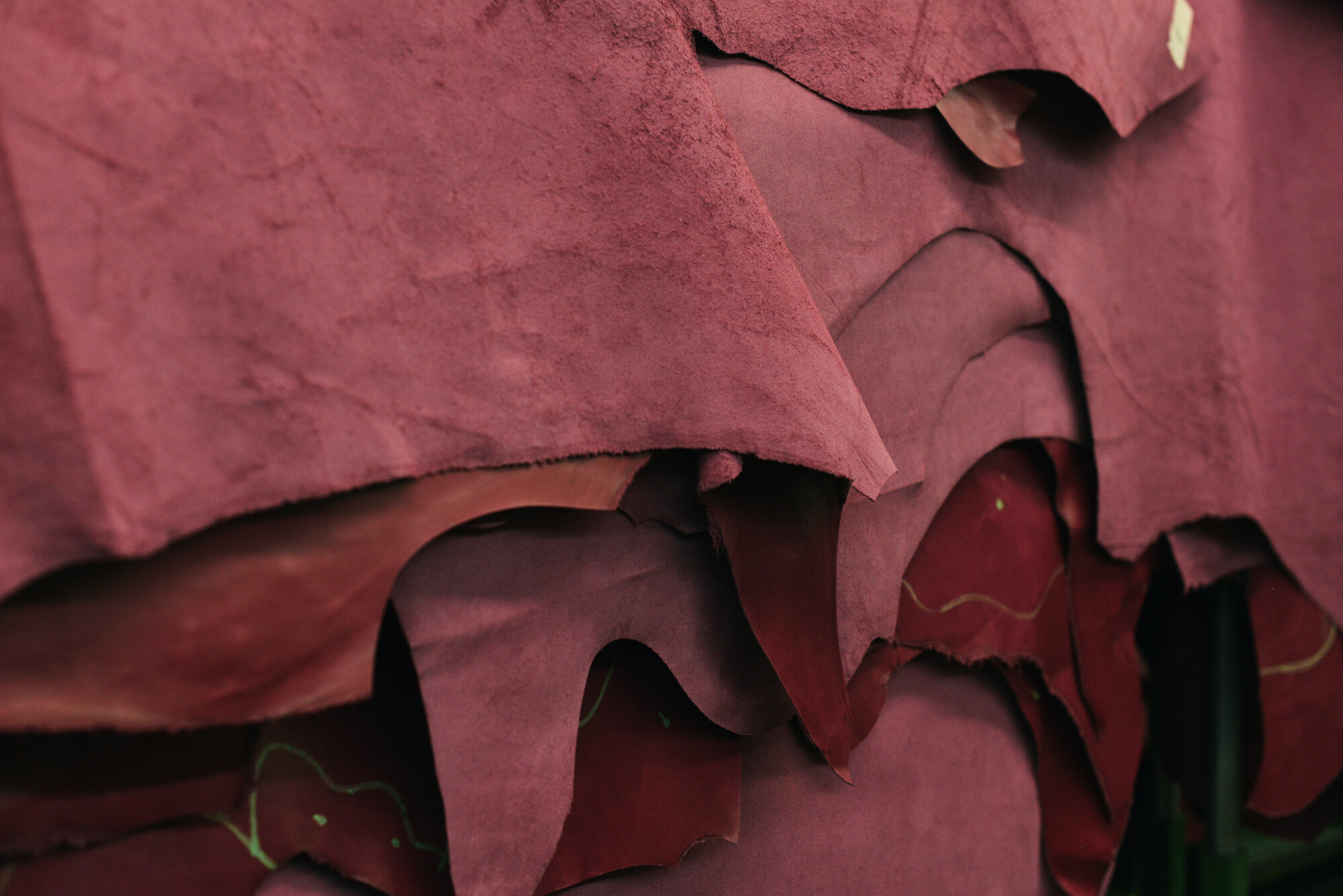Today we can purchase blouses, shirts, trousers, shoes for nearly the same cost as a McDonald’s burger and fry. It seems fantastic, right? The incredibly low prices are attractive to everyone! Save money on clothes and use that money for something else; it makes total sense. Unfortunately, no one seems to worry about how these low prices are even possible and what consequences are partnered with them. This unawareness from all of we consumers is exactly how the fast fashion industry gained so much power within the past 20 years. Consumers now buy more clothing than ever; in the EU alone, the amount of clothing purchased per person has increased by a whopping 40%. Back in 1930, the average woman-owned approximately nine outfits, one for every day of the week and possibly a couple of outfits for special occasions. Fast forward to today, the average woman owns at least 30 outfits, more than one outfit for every day of the month.
Why and how is this possible?
Huge fast-fashion corporations are taking advantage of consumers by creating and releasing faux-fashion collections with incredibly low prices partnered with horribly low quality. In other words, companies have found a way to limit the lifecycle of clothing, market the new “hip” trends nearly every other week, along with attractively low prices, thus convincing consumers to purchase more clothes and more often.
Just more clothes? What’s the big deal?
Multiple problems result from consumers’ higher clothing consumption. This long list includes- harsh chemicals that affect the environment and factory workers, the poor treatment of factory workers, the amount of water required for fabric production, the plastic particles within non-natural fibers, CO2 emissions into our atmosphere, and enormous amounts of waste, the list goes on and on.
Leading fast-fashion brands collect profit by mass-producing their products in factories in Bangladesh, India, China, and many others. Nearly all of these factory workers are greatly underpaid and work in unsafe conditions.
Here at Sustain Your Style, our goal is to showcase the immorality that is occurring throughout the fast fashion industry, and thus motivate everyone to help make sustainable not only a trend but a new way of living. Keep yourself updated on the harmful effects of the fast-fashion industry and learn what you can do to help not only our world’s environment but also our world’s people and future.
Sources: Global Fashion Agenda 2018, European Parliament Briefing-Environmental Impact of the Textile and Clothing Industry, Fabric of the World, Forbes




